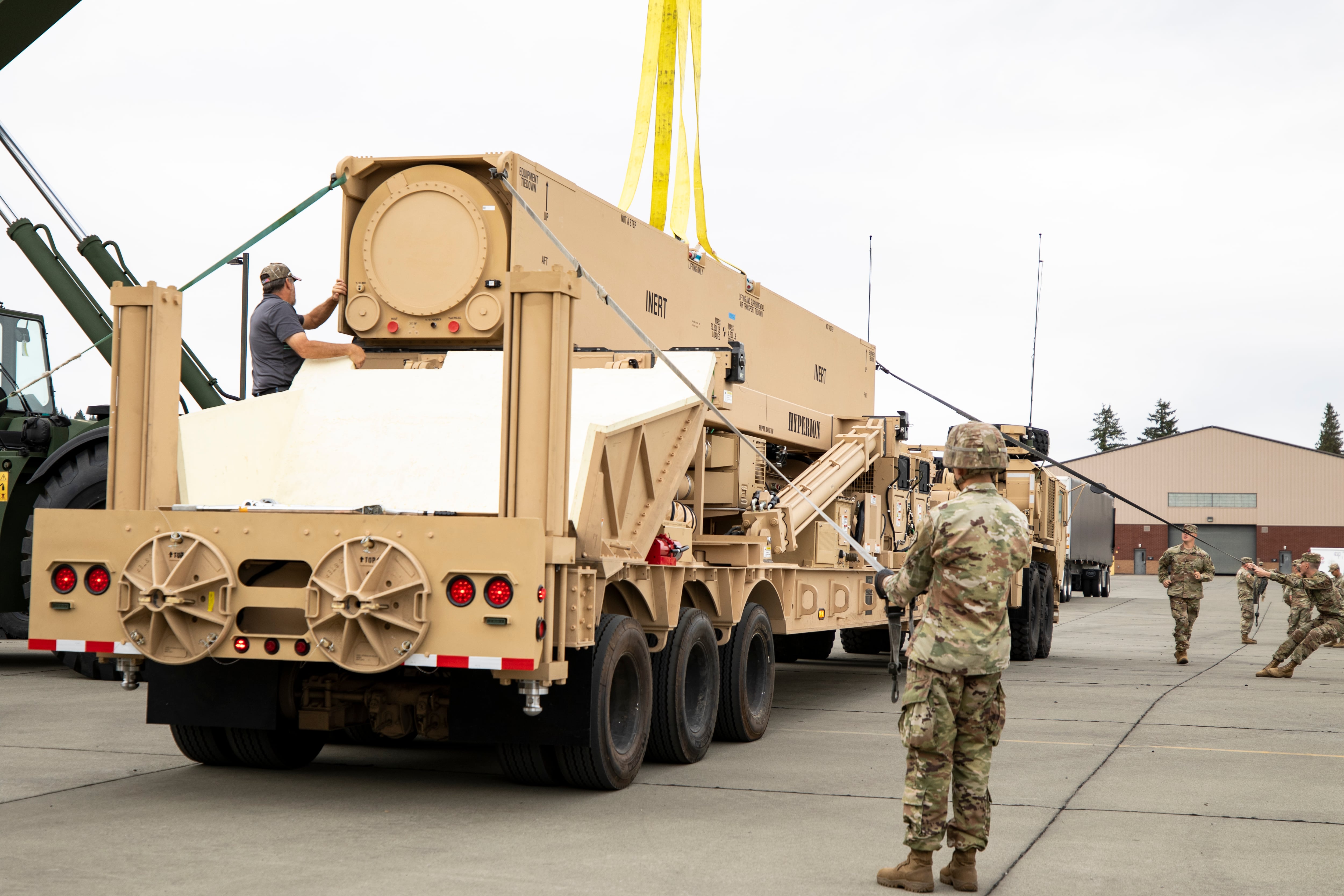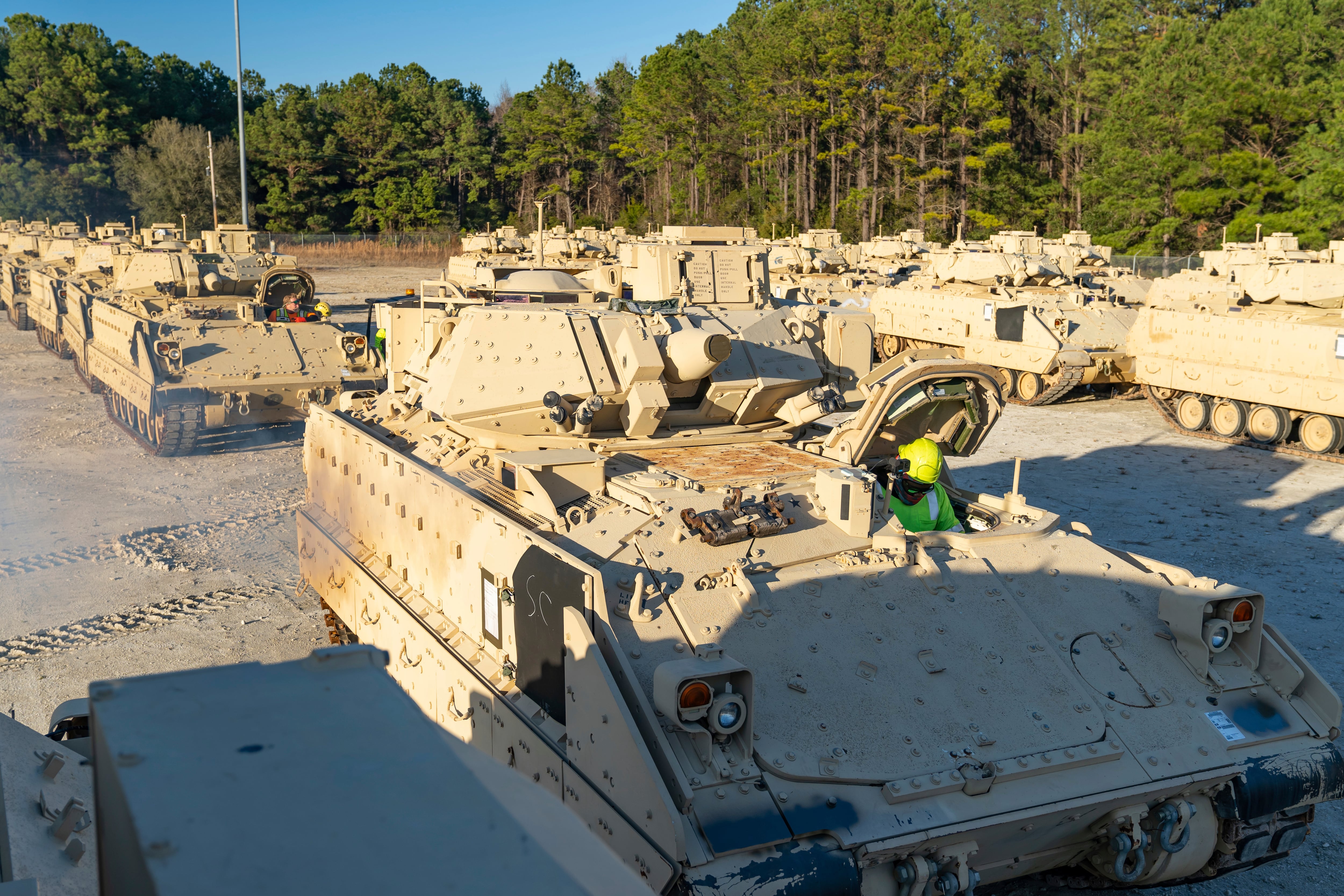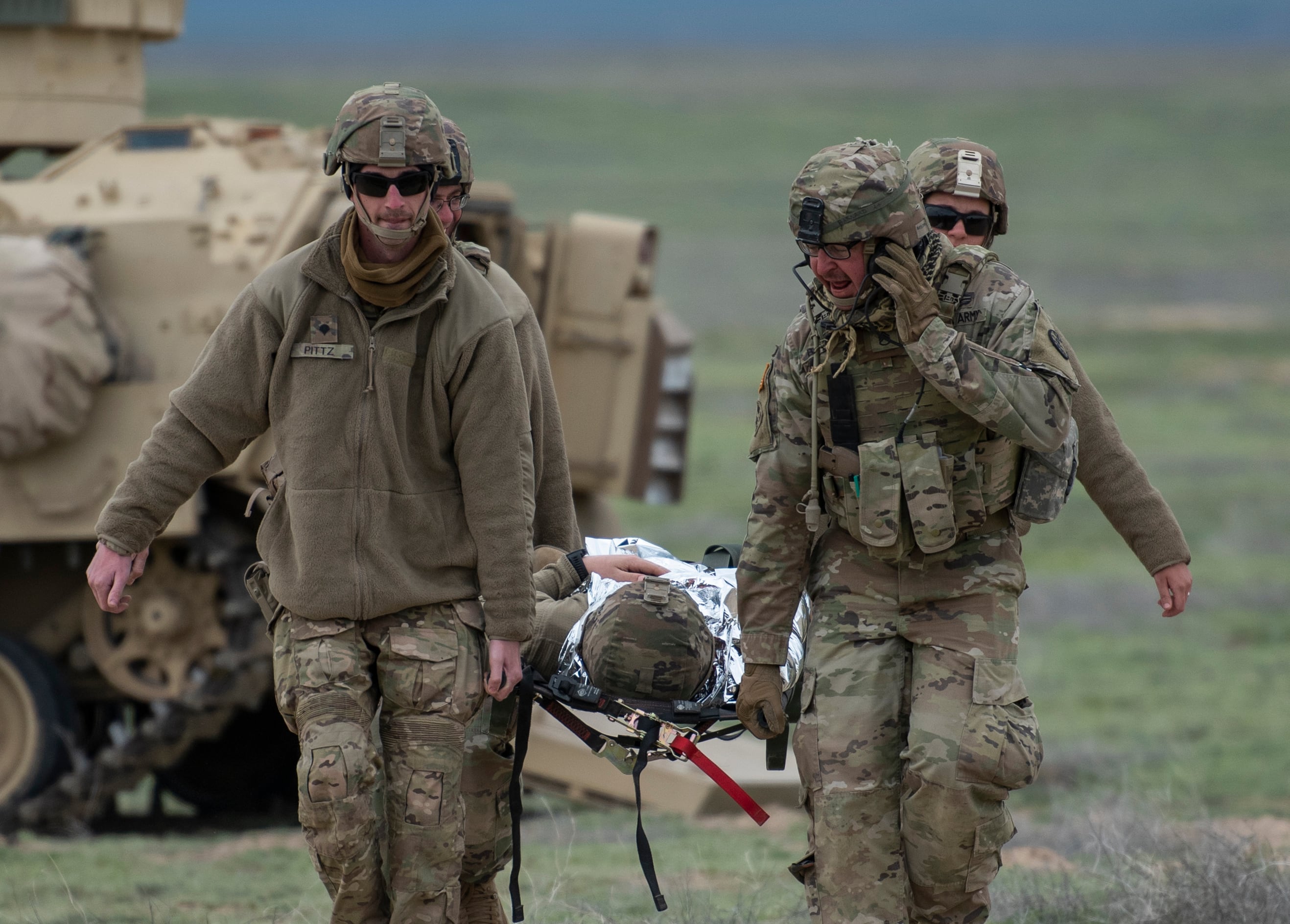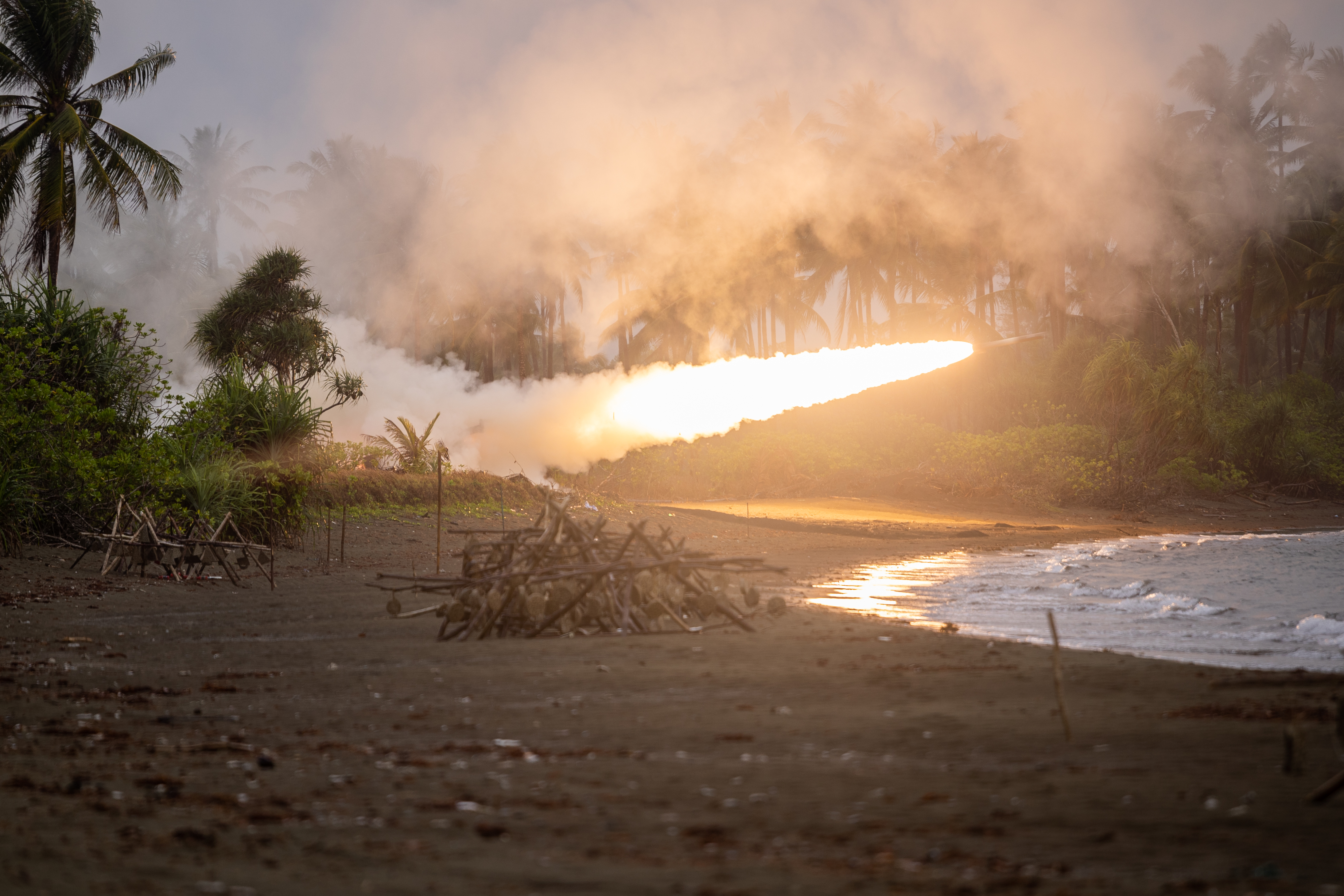[ad_1]
Update: This article has been revised to include the scheduled start of increment 5 for the Precision Strike Missile.
The Army’s next step in expanding the distance and survivability of its land-based rockets could see a missile delivered from an autonomous launcher to strike targets farther than 1,000 kilometers away.
On Tuesday, Maj. Gen. Winston Brooks, commander of the Fires Center of Excellence at Fort Sill, Oklahoma, and Brig. Gen. Rory Crooks, director of the Cross Functional Team-Long Range Precision Fires, discussed future work on “Increment 5″ of the Precision Strike Missile, or PrSM.
If successful, the project would give even low-level tactical units the ability to conduct what are known as “strategic deep fires,” which range beyond 500 kilometers, according to Army data.
RELATED

Defense News reported that in November the Army conducted its first two PrSM salvo tests at White Sands Missile Range, New Mexico. The testing involved firing the two missiles in rapid succession.
Testers used the M142 High Mobility Artillery Rocket System, or HIMARS, launcher.
In his remarks Tuesday, Crooks cautioned that while there is much potential for developing the fires platform with the autonomous launcher, there isn’t yet a timeline for fully developing and fielding that technology.
But the missile is slated to enter its science and technology phase in October 2025.
Currently, the missile is limited by its platform. The M270 Multiple Launch Rocket System, or MLRS pod, is 13 feet long.
Crooks noted that because the autonomous platform doesn’t need a cab for a human driver, there could be a chance to put a longer missile on the frame at some point.
The PrSM program seeks to replace legacy systems such as the MGM-140 Army Tactical Missile System, the same weapon used by Ukrainian forces for the first time in October 2023 to strike Russian targets.
The U.S. missiles used by Ukrainians had shorter maximum distances than those used by the U.S. Army, limiting them to less than 300 kilometers, Military Times previously reported. The same system has been used more recently for deeper strikes into Russian territory.
The Increment 1 versions of the PrSM are being fielded now by Lockheed Martin. Those missiles have a range of at least 500 kilometers, according to the company.
Increment 2 is a land-based, anti-ship seeker; Increment 3 will add lethal payload options; and the Increment 4 project is seeking to push existing ranges beyond 1,000 kilometers.
Todd South has written about crime, courts, government and the military for multiple publications since 2004 and was named a 2014 Pulitzer finalist for a co-written project on witness intimidation. Todd is a Marine veteran of the Iraq War.
[ad_2]
Source link











